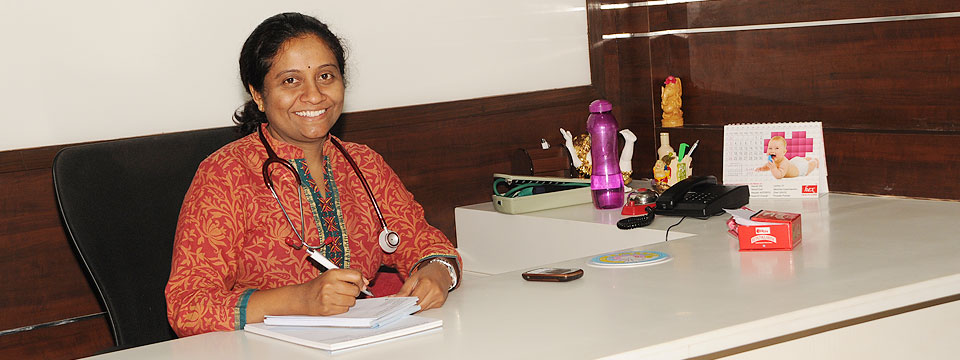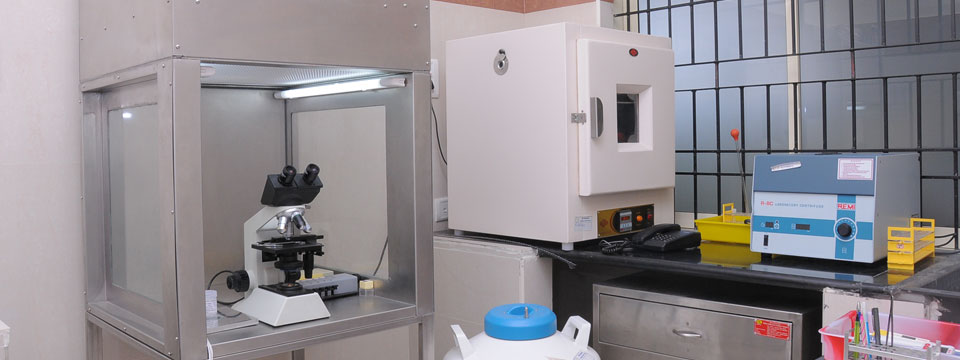Menstrual factors
Menstrual Irregularities
A menstrual disorder is a physical or emotional problem that interferes with the normal menstrual cycle, causing pain, unusually heavy or light bleeding, delayed menarche, or missed periods. Typically, a woman of childbearing age should menstruate every 28 days or so unless she's pregnant or moving into menopause. But numerous things can cause irregularities with the normal menstrual cycle, some the result of physical causes, others emotional. These include amenorrhea (the cessation of menstruation), menorrhagia (heavy bleeding), and dysmenorrhea (severe menstrual cramps). Nearly every woman will experience one or more of these menstrual irregularities at some time in her life.
Menopause/Perimenopause (early)
Menopause is defined as the cessation of menstrual cycles. This usually occurs at about the age of 50 in most women. For 2 to 8 years preceding this menstrual cycles may be irregular. This is referred to as the menopausal transition or perimenopause. As estrogen and progesterone levels decline women may experience a variety of symptoms. This is a time when the levels of hormones produced by the aging ovaries fluctuating leading to irregular menstrual patterns (irregularity in the length of the period, the time between periods, and the level of flow) and hot flashes (a sudden warm feeling with blushing). Other changes associated with the perimenopause and menopause includes night sweats, mood swings, vaginal dryness, and fluctuations in sexual desire (libido), forgetfulness, trouble sleeping and associated fatigue.












